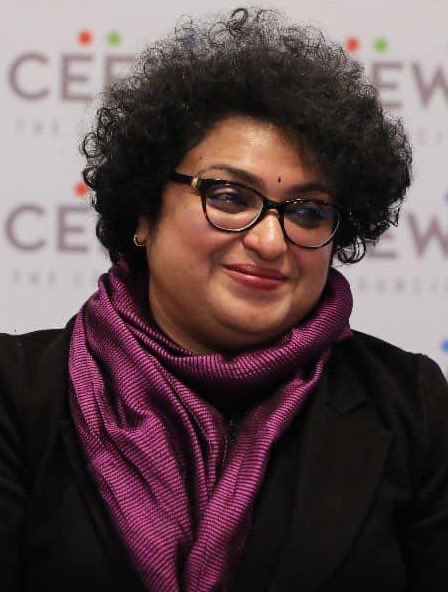(This was originally prepared for External Services Division of All India Radio, broadcast on June 25th 2018.)
The adverse trade relations between US and China are increasingly becoming a global irritant, especially when security and trade issues are hard to disentangle in the contemporary global scenario. The trade war between the U.S. and China can reach its peak, as US President Donald Trump is now threatening to impose tariffs on about $ 450 billion of Chinese imports, which is about 90 per cent of what the US imported in 2017. Given Mr. Trump’s focus on US “trade deficits”, it is reported that he may announce another round of tariff restrictions on June 30, 2018 on high technology investment restrictions. With this, the trade war is not just about trade, but it is also a “tech war” and a “manufacturing war”.
To add to this, China’s Central Bank, the People’s Bank of China (PBOC), has freed up around US $ 100 billion as the trade war escalates. China’s central bank has said that it would cut the reserve requirement ratio (the share of deposits lenders must put aside with the PBOC, for commercial banks) by half a percentage point from July 5 to free up around US $ 76.86 billion. Although the statement did not mention China’s trade row with the United States, or its recently released weaker economic indicators, this move is a “targeted operation” aimed at supporting the weak Chinese economy, against the backdrop of escalating US-China trade war. The reduction in the reserve ratio will come into effect a day before the US President Donald Trump’s additional tariffs on Chinese products are due to be implemented.
China’s central bank through this move also signalled that it is not in a “Fed (US Federal Reserve) way” to increase the policy rates, and not in a mood of “interest rate defense”. The Fed has increased the policy rate which could end up costly to its economic growth against the backdrop of the trade tensions between US and key trading partners as China, the EU, Canada and Mexico.
There could be other channels than just tariff to engage in trade war as well. For instance, Apple and GM led firms operating in China wouldn’t be impacted by tariffs, so imposing new limits on US firms operating in China could happen. China reiterated that it will use “a combination of quantitative and qualitative measures” to strike back at the US.
To offset the economic drag of US trade war on China, weakening of Chinese currency by 10 per cent depreciation might be a path to increase the net exports at least by about 1.5 percentage points of GDP. But this could also trigger capital outflow from China and further depreciation. So engineering a weaker currency may not be a plausible option, unless China emphasizes on its perennial threat to US that China would sell its Treasury notes. If China alters its portfolio by selling Treasury notes for bills, it can signal a weaker currency to offset the macroeconomic effects of Trump’s tariff hikes. This could result in rising fiscal deficit and a larger requirement of Treasury financing.
India, along with China, has been critical of US’s tariff hike especially in steel and aluminium. The implication of US-China trade war is negligible for India as our macro-economic fundamentals are relatively strong; and policy tools are available to offset any plausible impacts in India. However, if not stemmed early, the hike in tariffs could ultimately hurt the Indian economy especially if foreign portfolio investors pull away from India due to interest rate differentials. Analysts say that India has rightly reacted by increasing its own tariffs on a list of items. India has raised its tariffs as a signal to the US to stem the tariff war, taking into consideration the concerns of emerging nations. Thus the US-China trade war is now reaching a new dimension of “non-tariff strategies” as well.
The views expressed in the post are those of the author only. No responsibility for them should be attributed to NIPFP.

